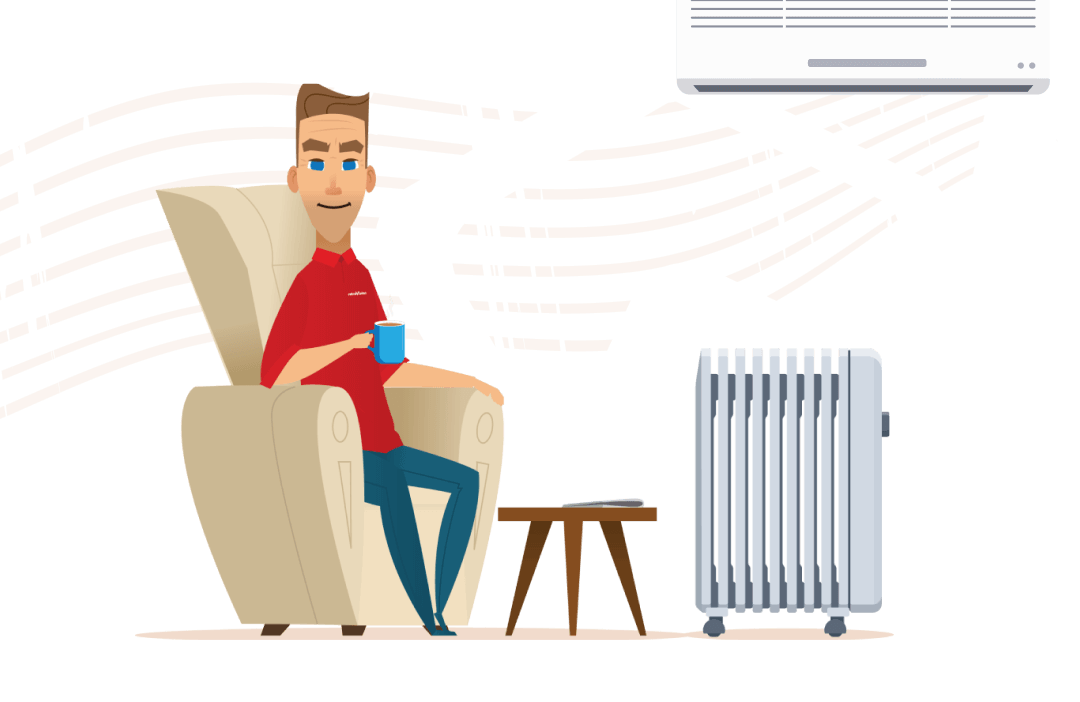Shop Air-Conditioners on Sale!
Retravision is the best choice for Air Conditioners on sale! Stay cool with our range of Evaporative Coolers, Portable Air Conditioners, Split Systems, and Window Air Conditioners. Shop now for the best deals online or in-store!

Air Conditioner Buying Guide
Check out our handy Air Conditioner Buying Guide, with all the best tips and advice plus all the latest products from leading brands!
Learn moreFAQs
With energy costs on the rise in Australia, it’s certainly worth considering investing in an air conditioner with energy saving features. Energy efficient units could save you a lot of money in running costs, and are particularly worthwhile if you live in a fairly hot climate and need to run your AC often. Many Australians will run their air conditioners consistently throughout summer, and find that their energy bills are much higher as a result. To avoid a nasty bill shock at the end of the month, we recommend investing in AC's with better energy efficiency ratings.
Portable air conditioners, whilst very convenient and affordable upfront, are not the most energy efficient option on the market. Most use quite a lot of power relative to their size and can quickly become expensive to run all the time. They are best used in smaller spaces over shorter periods of time, trying to cool your whole home with one will likely leave you with a big energy bill at the end of the month.
Here are some tips to keep in mind if you’d like to keep your electricity bill to a minimum:
1. Ensure your home is properly insulated as this can increase the efficiency and effectiveness of your air-con
2. Clean your filters regularly
3. Use energy saving features
4. Keep your windows and doors closed
5. Keep your blinds and curtains drawn
6. Keep up with regular servicing of your unit
The cost of running your air conditioner will depend on the type and size of the air conditioning unit you’re operating in your home. Generally you can expect running an air con of medium size to cost you between $400-$500 a year* . These costs may increase if you are cooling larger areas or using your air conditioner to heat your home.
How much your air conditioner should cost will depend on a number of factors; like the type and how many units you're planning to purchase and install. A split system for instance may cost you just a few hundred dollars or up to $5000 or more if you’re planning to install several units around your home. How much you ultimately pay will depend on your unique requirements.
In many cases it can be cheaper to buy an air conditioner in the winter. Not only will you find discounts available on purchasing AC models, you’ll also find that many installers will perform work more cheaply. Many portable, window and reverse cycle air conditioner models come with heater settings to keep your home warm in the winter and eliminate the need for separate heating solutions in your home.
The main disadvantage of an inverter AC is that they can be an expensive investment initially, although they will save you a lot in running costs. For some, the need to use a professional installer can also be off-putting.
There are a number of things you should look for when buying a new air conditioner. Firstly, you should consider the type of air conditioner and how much power it uses. Look at measurements like its energy efficiency rating and its dehumidification level, which tells you how much moisture it removes from the air. You should also consider features such as energy saving switches, check filter lights, oscillating vents, sleep modes, app control and timers - all of which can help you to control your energy usage. It’s also important to check out the manufacturing warranties on the models that you are considering.








